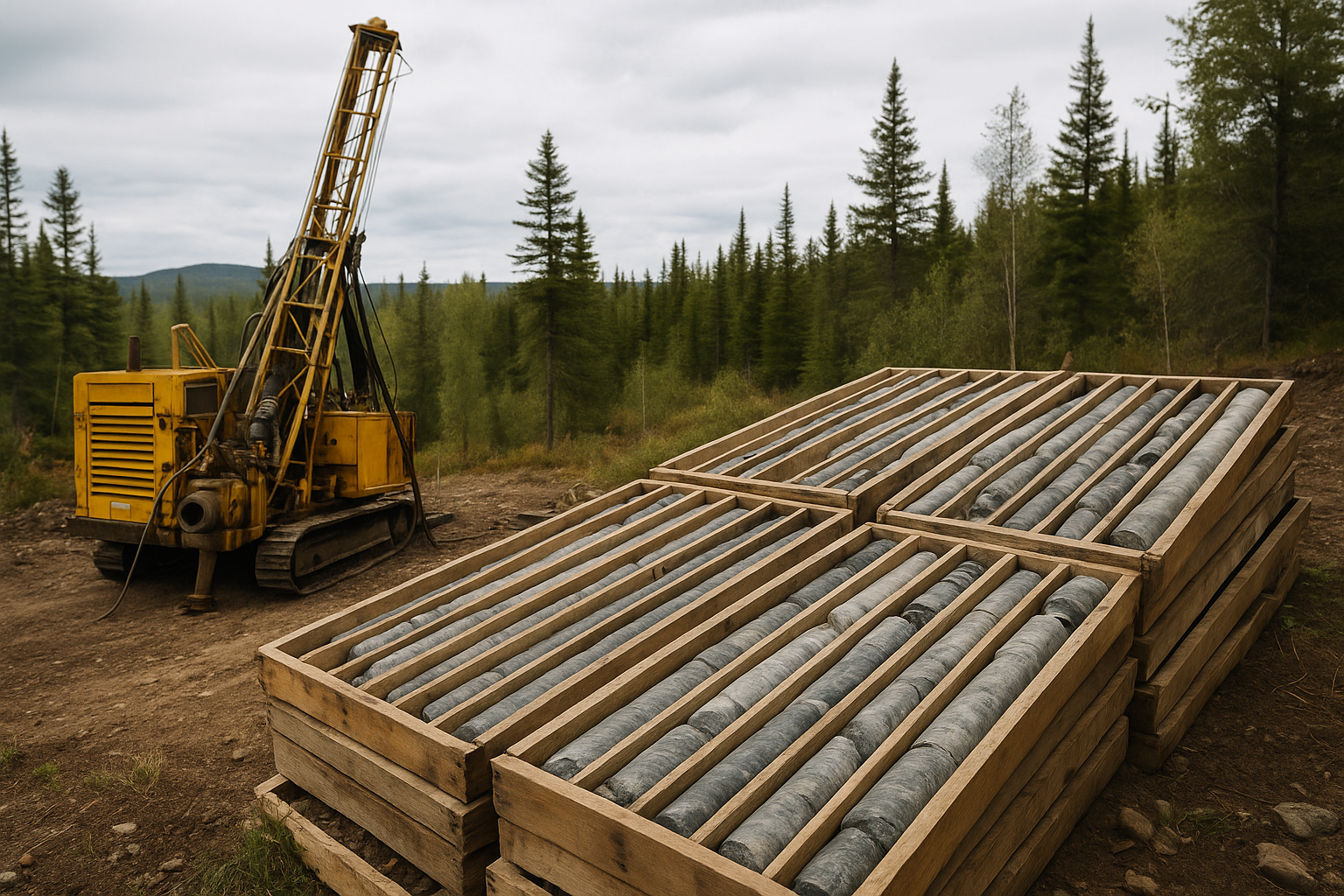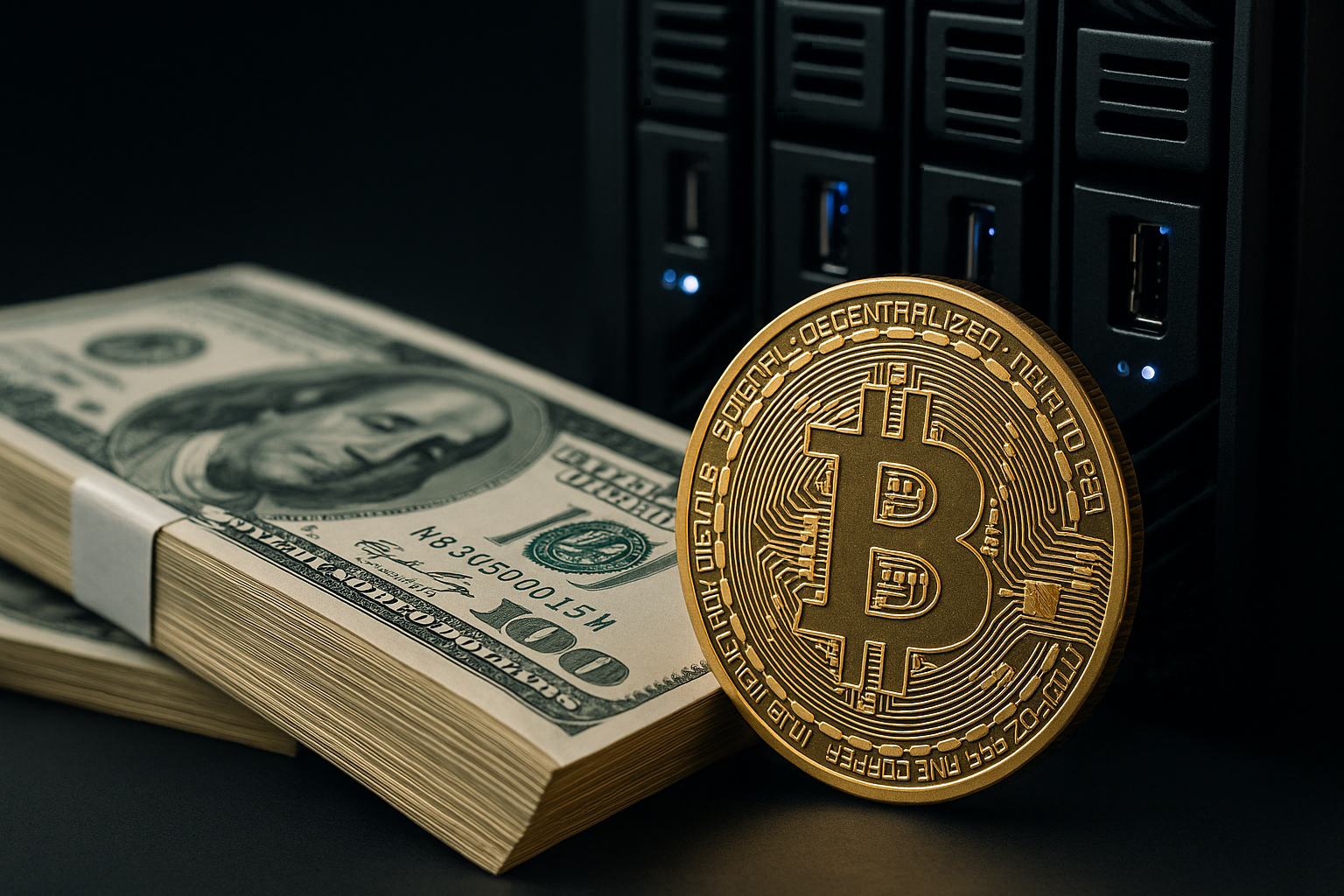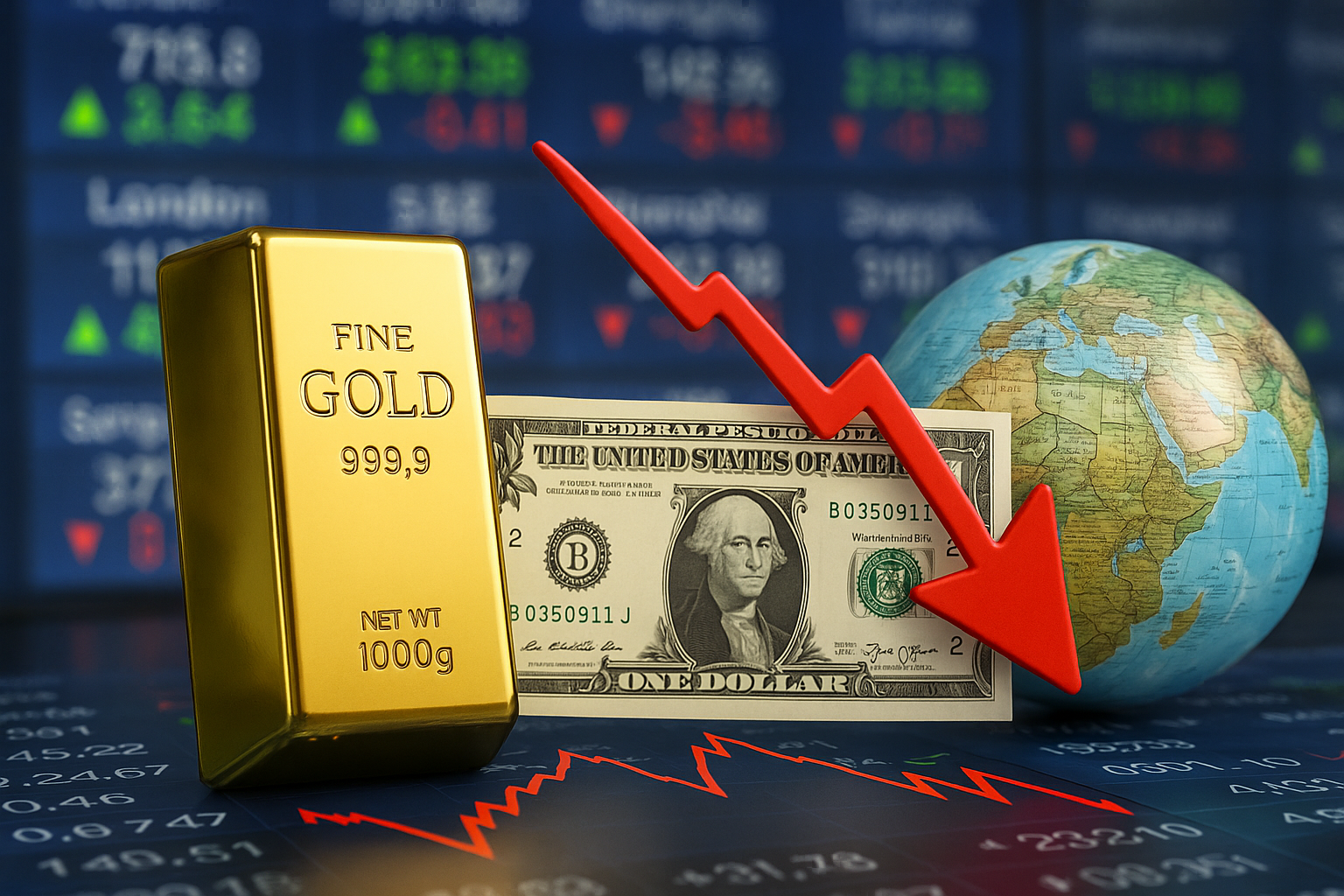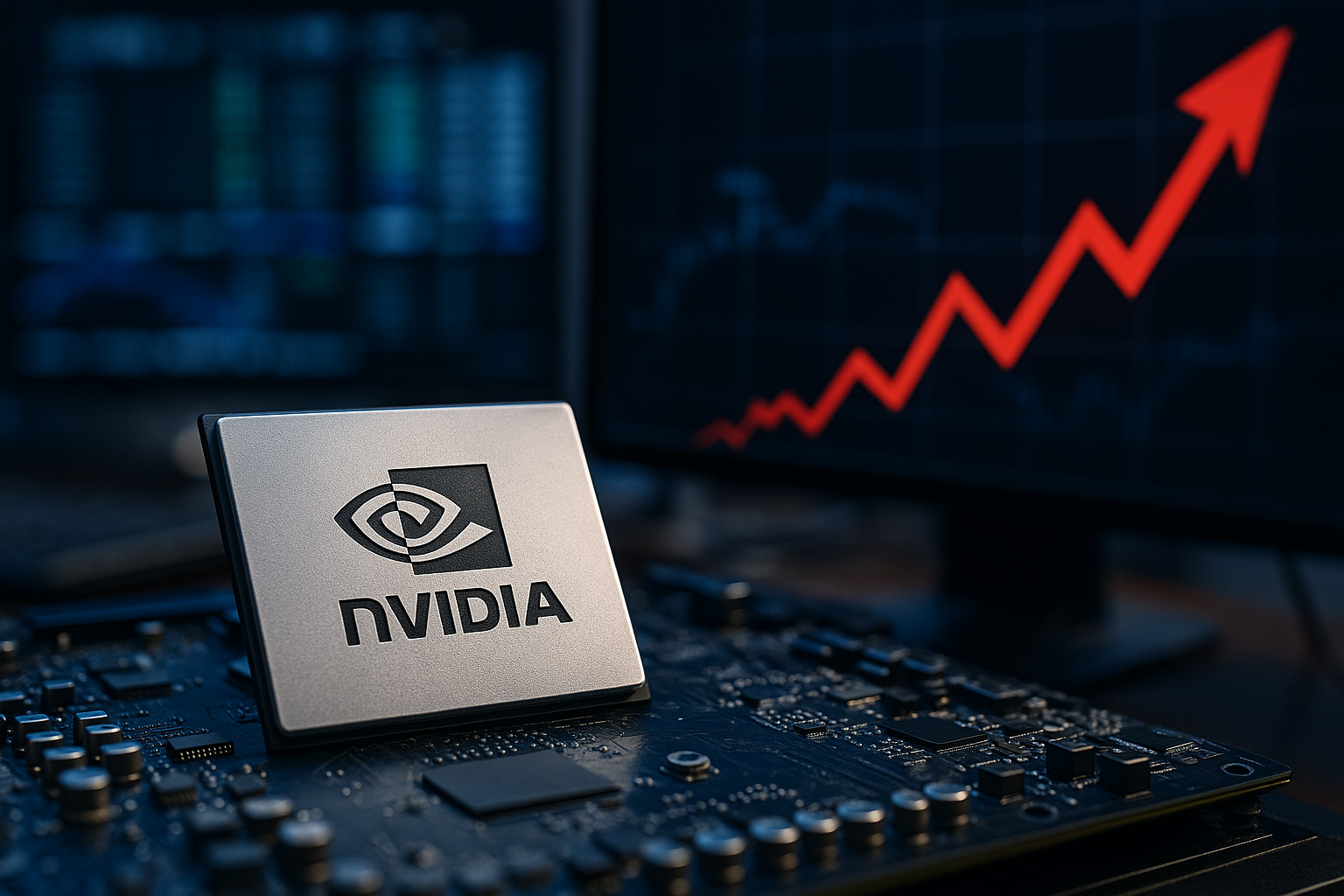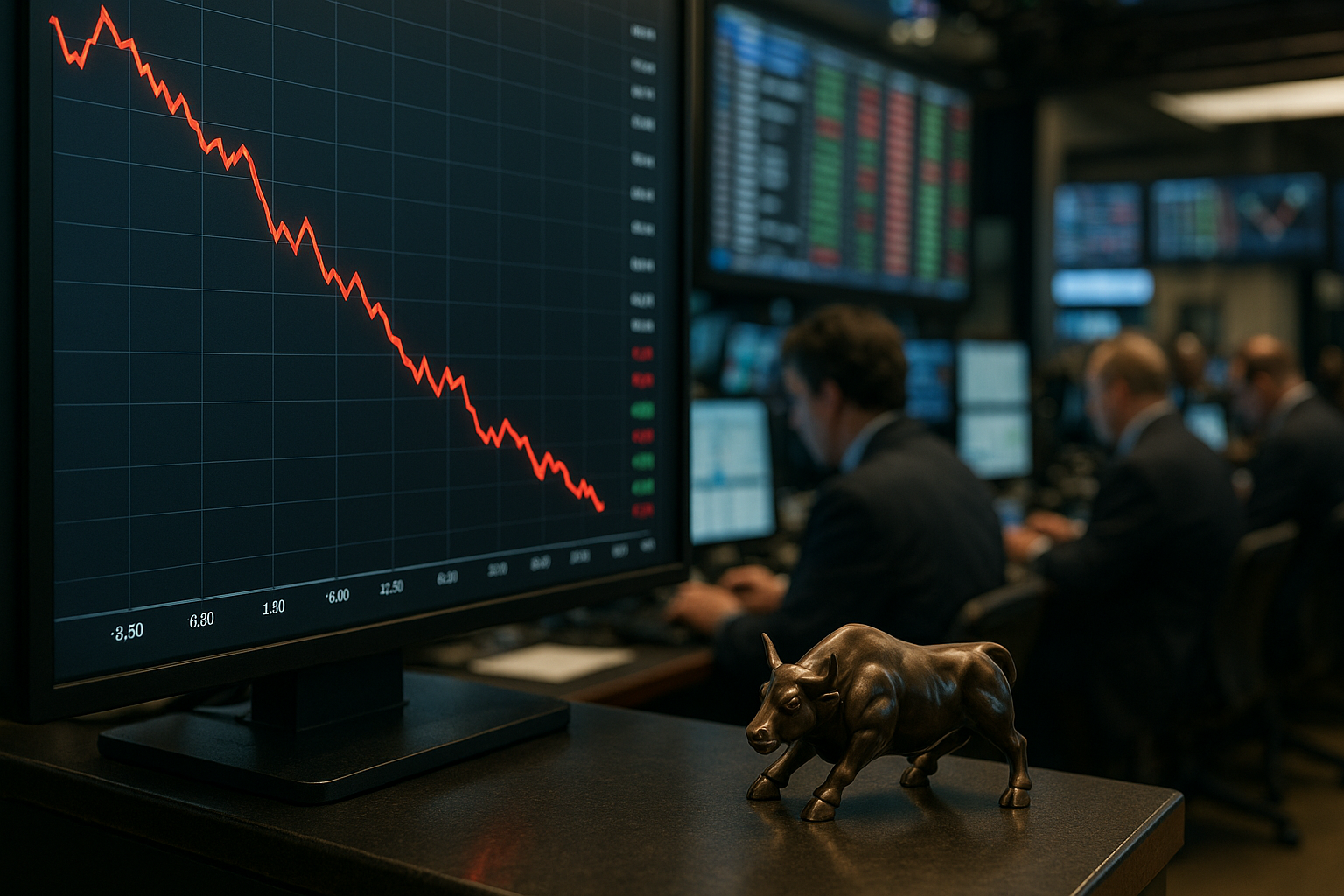As tensions mount over global supply chains and China’s dominance in critical minerals, the U.S. Export–Import Bank (EXIM) is stepping in with a game-changing proposal. On June 17, EXIM issued a letter of interest for a $120 million loan to Critical Metals Corp—the developer behind the Tanbreez rare-earths project in southern Greenland. The loan, if finalized, would represent one of the most strategic U.S. efforts yet to secure independent access to rare earth elements (REEs), essential for everything from electric vehicles to defense systems.
This move comes at a time when the West is intensifying its efforts to diversify away from Chinese mineral supply chains. With China currently controlling over 85% of global rare earth processing capacity (source: U.S. Geological Survey), investors are paying close attention to projects that could reshape the future of global sourcing—and potentially unlock strong upside for select junior miners.
Washington’s Strategic Shift: Minerals as National Security
The Tanbreez mine, located in Greenland’s remote Kvanefjeld region, is estimated to hold over 4.7 million tonnes of rare earth oxides, according to company filings. The U.S. EXIM’s letter of interest—first reported by Reuters—signals not only financial backing but strategic endorsement, as the Biden administration continues its push to realign critical supply chains with allies.
This is not EXIM’s first foray into resource security. In 2023, the agency extended support to Australian rare earths producer Lynas Rare Earths Ltd for its Texas processing plant. However, the Greenland project is arguably more geopolitically significant—cementing U.S. influence in the Arctic, countering growing Chinese and Russian interests, and potentially opening a new front in the global mineral race.
“Critical minerals are no longer just a commercial issue—they’re a cornerstone of economic sovereignty and national defense,” said Morgan Bazilian, director of the Payne Institute at the Colorado School of Mines, in a Bloomberg interview earlier this year.
Why This Matters for Investors
The market for rare earths, especially heavy rare earth elements (HREEs), is expected to grow exponentially, fueled by rising global demand for EVs, wind turbines, military tech, and AI-related hardware. According to Adamas Intelligence, the global rare earths market will more than double to $15 billion by 2030.
Projects like Tanbreez are poised to become high-leverage assets for early investors—particularly given their U.S. alignment and long-term supply agreements potential. Stocks like MP Materials (NYSE: MP) and Lynas (ASX: LYC) have already benefited from similar geopolitical tailwinds.
Investors should also consider ETFs with exposure to critical minerals or junior mining companies—such as:
- REMX (VanEck Rare Earth/Strategic Metals ETF)
- LIT (Global X Lithium & Battery Tech ETF)
- SGDJ (Sprott Junior Gold Miners ETF) – often indirectly exposed to rare earth juniors
The Tanbreez development is not without challenges: harsh operating conditions in Greenland, regulatory approvals, and long development timelines could create delays. However, U.S. financial backing dramatically de-risks early-stage investment by providing capital certainty and political cover.
Future Trends to Watch
1. Western Capital into Junior Miners:
Expect to see more U.S. and EU-backed funding packages aimed at supporting non-Chinese mining ventures. Canada and Australia are already rolling out their own critical mineral strategies.
2. Arctic Geopolitics Heats Up:
Greenland’s location makes it a new strategic frontier. As the U.S., China, and Russia expand their Arctic ambitions, mining projects in the region may benefit from increased infrastructure investment.
3. Rare Earths Meet ESG Scrutiny:
Although rare earths are critical for green energy, mining them is not always environmentally friendly. Watch for ESG-focused due diligence and investor demands for sustainable extraction practices.
Key Investment Insight
The U.S. EXIM’s $120M support of the Tanbreez project marks a major validation for the rare earth sector—and a rare window of opportunity for investors. Projects aligned with U.S. interests, located in geopolitically safe jurisdictions, and backed by government capital will likely attract institutional attention.
For retail investors, now is the time to:
- Research early-stage rare earth developers with U.S. or allied backing.
- Monitor U.S. EXIM and Department of Energy announcements for future funding rounds.
- Look beyond China-dependent supply chains when evaluating mining investments.
As the world redraws the mineral supply map, smart investors will be watching where Washington puts its money—and following accordingly. Stay ahead of every shift in global resource dynamics with MoneyNews.Today, your trusted source for actionable investor insights.

